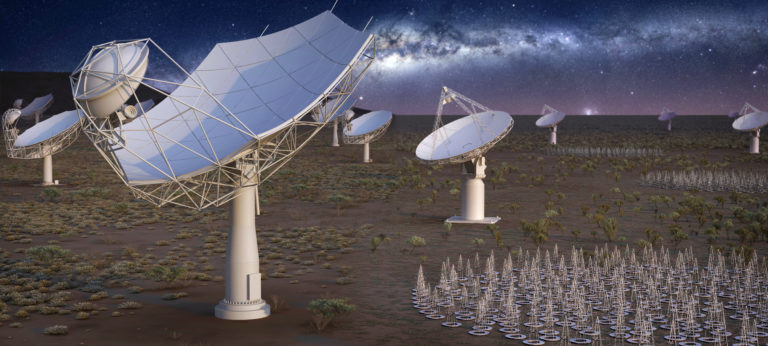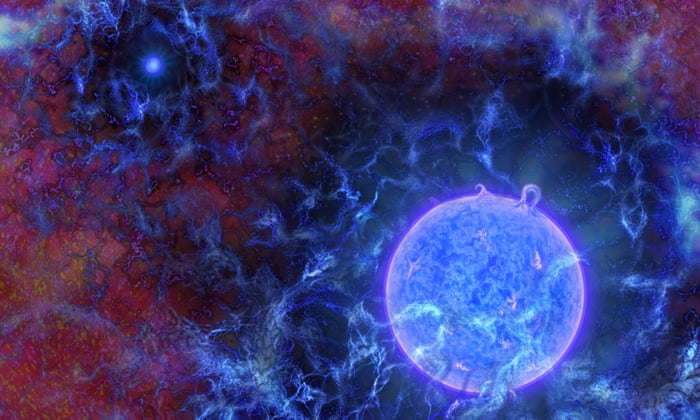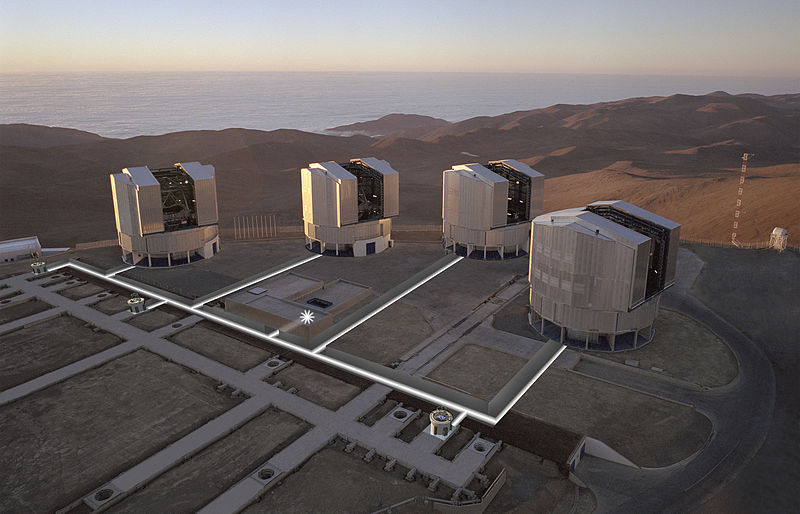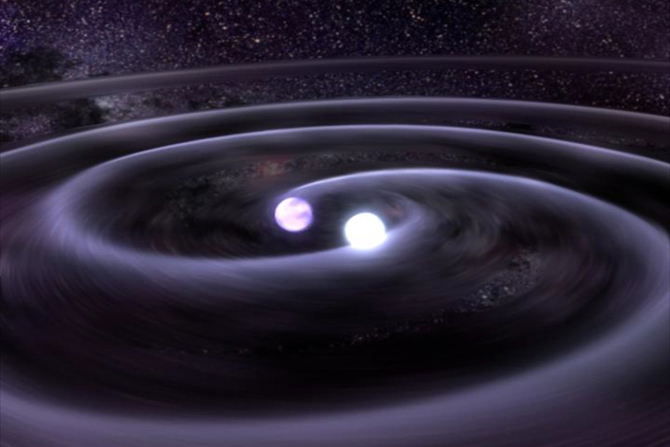Big Data/Exascale Astronomy
Projects such as the SKA are exemplars of big data astronomy and exascale computing.

Dark Ages, Cosmic Dawn, and the Epoch of Re-ionization (Radio Astronomy and Cosmology)
We study the early epochs of the Universe through observations of the 21-cm line from cosmic Hydrogen. We run the REACH experiment and participate in other experiments like HERA or the SKA. We also develop our own radio instruments and apply that knowledge to other scientific and technological challenges.

Exoplanets
Our research team focuses on the detection and characterisation of extrasolar planets. We are also involved in the development of new instrumentation.

Galaxy Formation and Evolution
The two main research interests within the Galaxy Evolution area are the formation and cosmological evolution of galaxies, in particular the physical mechanisms regulating star formation and galaxy assembly, and secondly the origin and evolution of radio sources and the effect they have on their environment. There is mounting evidence that these phenomena are in fact closely related.

Optical Technology
The main focus of our research is the application of the aperture synthesis technique at optical wavelengths, in order to produce extremely high resolution images of astronomical objects.

Theoretical Cosmology and Gravitational Physics
We work on topics in theoretical cosmology and astrophysics, as well as on advanced data analysis methods for cosmology. The active areas of research span inflationary cosmology to novel neural network methods, with a common theme of the confrontation of theoretical predictions with experiment, and the best way to carry this out. Topics addressed include Bayesian Evidence-based comparison of cosmological models and data sets, tests of predictions from modified gravity theories, gravitational wave template detection and analysis, and tests of inflation. We also work actively on more theoretical topics involving the construction of modified gravity theories themselves, and the localisation of energy and spin in General Relativity.


